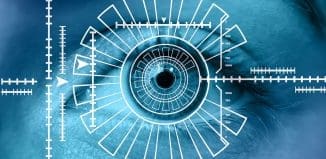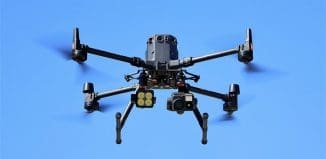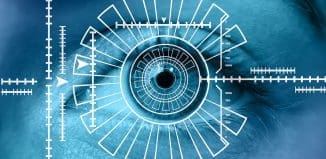Facial Recognition and Body Cam – Horizon of Law Enforcement
This post is also available in:  עברית (Hebrew)
עברית (Hebrew)
Police body cameras are rapidly being deployed in cities across the US, and we may be failing to fully consider the risks of pervasive surveillance these devices pose. in addition, a huge new issue is rapidly approaching – body cameras that use facial recognition technology.
Taser International, the biggest American producer of police body cameras, announced a couple of months back plans to incorporate facial recognition technology into its cameras in the future. And so far, not a single city has placed limits on this use. There’s a need to talk about the real ways in which facial recognition devices could be used.
Facial recognition works by creating and scanning for “face prints,” a unique biometric identification based on distinct facial features, such as the distance between the centers of an individual’s eyes. Computer programs can scan photos or video to develop new face prints and can scan footage (including real-time footage) to identify individuals that match face prints in an existing database. Software on the market already claims to be capable of comparing millions of faces per second.
Law enforcement agencies have begun using facial recognition to a significant degree. According to a recent report from the Georgetown Law Center on Privacy and Technology, 1 in 2 American adults are already in photo databases, including not just police records but also civilian databases like those belonging to state Departments of Motor Vehicles, that law enforcement uses for facial recognition. According to slate.com, at least 1 in 4 of all state and local police departments have the ability to run face recognition searches through their or another agency’s systems.
The least controversial use of facial recognition would be identifying individuals in relation to emergencies, setting police cameras to scan the city for the face of a missing child or a suspect. Law enforcement agencies might also use this data to try to identify fugitives. Such a system could take “Most Wanted” posters into the 21st century and help catch dangerous fugitives much more efficiently. This technology could also offer a powerful new means for location tracking and monitoring of the entire public.
However, even here there are significant holdbacks and fears in the industry when analyzing this new and intriguing tool. Facial recognition technology is known to misidentify individuals and is more prone to do so for minorities, as a U.S. Government Accountability Office study recently revealed. For police officers operating in real time, especially those authorized to use force, the cost of misidentification could be catastrophic.




























